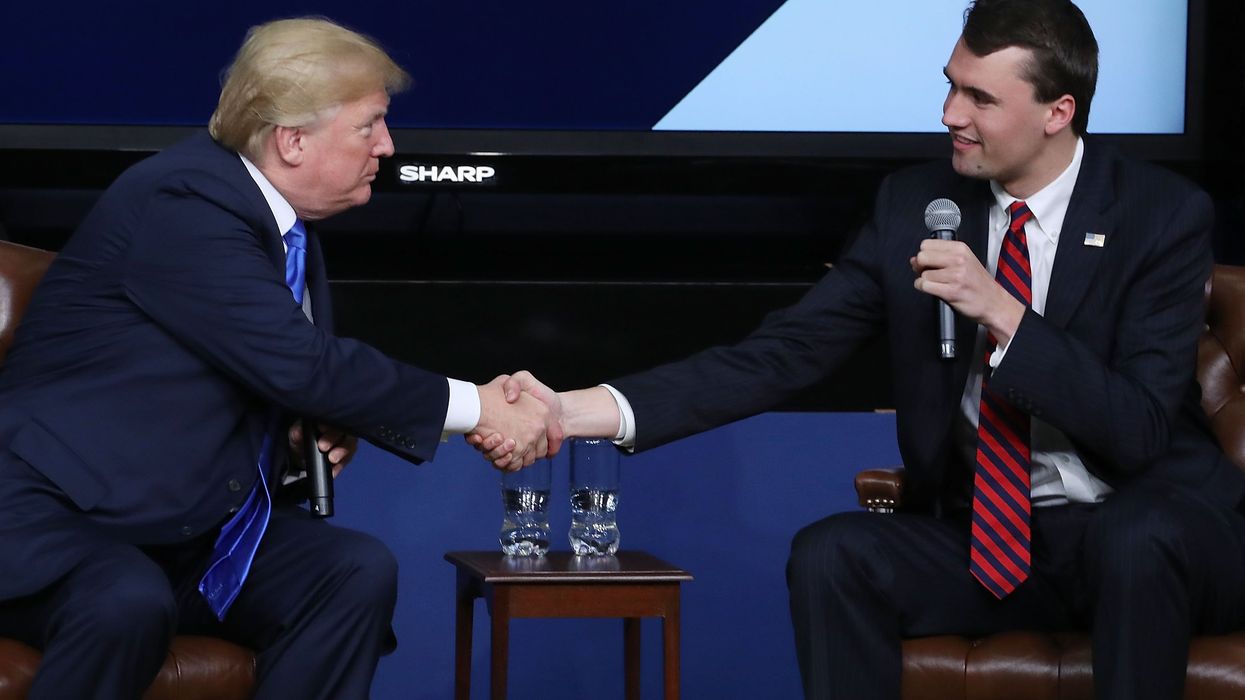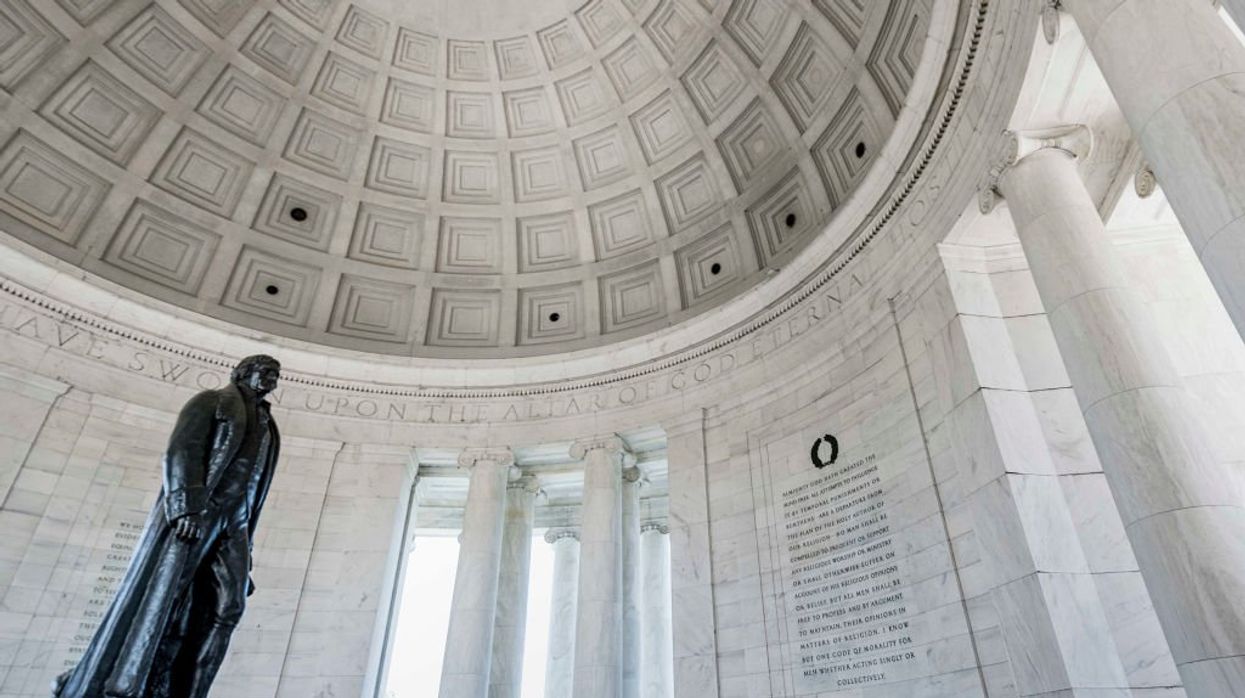Most Americans consider acts of radical Islamic terrorism a relatively recent problem. They aren't. In fact, America has been dealing with radical Islamists for over 200 years.
In this four-part series, we'll cover the beginnings of America's troubles with Islamic terrorism, specific terror groups like Boko Haram, Al-Shabaab and ISIS, and why terrorism increases when nations fail to recognize its threat.
Terrorism Part III: Al-Shabaab
Al-Shabaab is a Somalian-based, radical terrorist cell with ties to al-Qaeda in the Middle East and possibly Boko Haram in Nigeria. They believe in violent Islamic militancy and boast a troop strength of between 7,000 to 9,000 militants.
In 2006, Al-Shabaab gained control over Somalia's capital city Mogadishu, raising the fear in Ethiopia that the group's violence would spill over into their country. So, in December 2006, the Ethiopian military launched an offensive into Mogadishu and successfully drove Al-Shabaab out of the city. Ethiopia's action inflamed the group, and Al-Shabaab attacked Ethiopia's forces in central and southern Somalia, taking control of those areas. Al-Shabaab's goal was to topple the Somalian government and replace it with Islamic rule and Sharia law.
One of Shabaab's most infamous attacks took place in 2013 in Nairobi Kenya's most upscale mall, which was owned at the time by Israelis. A group of Al-Shabaab terrorists stormed the mall, shooting patrons on a Saturday afternoon. At times, they asked their victims if they were Muslim. If the response was no, they were shot. In all, 67 innocent people died and 175 were wounded.
Strangely, Al-Shabaab's radical brand of Islamic extremism has proven appealing to certain Americans. Al-Shabaab recently used a spokesman for one of their propaganda videos who sounded suspiciously American. At the end of his rhetoric, to accentuate his point, he used a clip of Donald Trump.
Another radicalized American from the deep south --- Daphne, Alabama --- was Omar Hammami. He was raised southern Baptist by an Irish-American Baptist mother and a Syrian Muslim father. He was not a loner. He was elected president of his sophomore class in high school. He was bright and considered a leader among his classmates. He even dated one of the more popular girls in school.
However, after his father rediscovered his Islamic roots, Omar converted to Islam as a teenager. By his early 20s, he had become radicalized and later moved to Somalia to join Al-Shabaab. There he rose quickly through the ranks to the inner leadership circle.
Hammami eventually fell out of favor with Shabaab's leadership, who were offended by his attempts to gain fame through his music, which was forbidden by their brand of Islam. Finally, after several false alarms, Hammami, who now went by the name Abu Mansoor Al-Amriki --- "the American" --- was ambushed and killed by Al-Shabaab fighters.
Many other Americans still remain with the group in Somalia and Kenya, waging jihad, to this day.
Listen to the Full Series on Terrorism

 Mark Wilson / Staff | Getty Images
Mark Wilson / Staff | Getty Images
 John Greim / Contributor | Getty Images
John Greim / Contributor | Getty Images